Chilli Cayenne
$4.49
Capsicum Annuum
- Seed Count 15
- Versatile
- Perennial
In stock
Description
Chilli Cayenne is one of the best known hot chilli peppers that always performs well and dries nicely. It produces an abundance of very wrinkled fruits that grow 12 to 15cm long.
The fruits have thin flesh and are used fresh in hot sauces or dried and ground for cayenne pepper.
A very productive plant, upright-growing and reaching about 60cm in height.
The plants are covered with long, thin peppers which mature from emerald green to a scarlet red in approximately 90 days.
At a heat level of around 30,000 to 50,000 SHU, they are one of the best peppers for seasoning pickles and salsa.
Good for deep freezing and perfect for adding a kick to a Bloody Mary or to vodka.
| Method: Set seedlings | Soil Temp: 18°C - 35°C |
| Cool Mountain: Sep - Dec | Position: Full sun |
| Arid: Jul - Dec | Row Spacing: 1 m |
| Temperate: Aug - Dec | Planting Depth: 5mm |
| Sub Tropical: Aug - Mar | Harvest: 90 Days |
| Tropical: Apr - Jul | Frost Sensitive |
Preparing to Grow Chillies
Soil Requirements:
- Texture: Loose, well-draining soil enriched with compost or aged manure.
- pH Level: Slightly acidic (5.5–7). Test your soil and adjust with lime (to raise pH) or sulfur (to lower pH) as needed.
Sunlight:
- Chillies require 6–8 hours of direct sunlight daily. In hotter regions, provide afternoon shade to prevent scorching.
Temperature:
- Optimal growth occurs between 18°C and 30°C.
- Frost can kill chillies, so plant after frost risk is gone or protect plants with cloches or row covers.
Starting Your Chillies
Starting from Seed:
- Seed Soaking: Soak seeds overnight in lukewarm water to improve germination.
- Sowing Depth: Sow seeds 5 mm deep in seed-raising mix or starter pots.
- Warmth for Germination: Maintain soil temperatures at 18–35°C using heat mats or a warm spot indoors.
- Moisture: Mist lightly with water to keep soil moist, not soggy.
- Germination: Takes 7–21 days.
Transplanting Seedlings:
- Wait until seedlings develop 4–6 true leaves.
- Harden them off by gradually exposing them to outdoor conditions over a week.
- Space plants 1 m apart in garden beds or pots to allow airflow.
Growing Conditions and Care
Watering:
- Keep soil evenly moist, especially during flowering and fruit set.
- Avoid waterlogging as it can cause root rot.
- Drip irrigation is ideal for consistent moisture.
Mulching:
- Apply organic mulch (e.g., sugarcane, straw) around plants to retain moisture, regulate soil temperature, and suppress weeds.
Fertilising:
- Before planting: Add organic compost or slow-release fertiliser to the soil.
- During growth: Feed with liquid fertiliser every 2 weeks. Use nitrogen early for leaf growth, then switch to potassium-heavy fertilisers (like seaweed or tomato feed) to encourage flowering and fruiting.
Pest and Disease Management
Chillies are hardy, but vigilance helps prevent issues:
Common Pests:
- Aphids & Whiteflies: Control with neem oil sprays or introduce beneficial insects (e.g., ladybugs).
- Fruit Fly: Use fruit fly traps or fine insect netting to protect fruit.
- Caterpillars: Pick off manually or use Bacillus thuringiensis (BT) sprays.
Diseases:
- Powdery Mildew: Avoid overhead watering and ensure good air circulation.
- Blossom End Rot: Linked to calcium deficiency or inconsistent watering. Mulch and feed plants with calcium-rich fertiliser.
- See Tomato Grow Guide for a more in depth look at Blossom End Rot
Pruning and Maintenance
- Pruning: Pinch off the first flowers to encourage bushy growth.
- Staking: Tall varieties or heavy-bearing plants may need staking to prevent branches from breaking.
- Weeding: Keep the base of the plants weed-free to reduce competition and pests.
Growing Chillies in Pots
For smaller gardens or urban spaces, chillies thrive in pots:
- Use a pot at least 30cm in diameter with good drainage.
- Fill with high-quality potting mix enriched with compost.
- Water frequently, as pots dry out faster than garden soil.
Harvesting Chillies
- Chillies are ready for harvest when they reach full size and their mature colour (green, red, orange, yellow, or purple, depending on the variety).
- Use scissors or pruners to cut chillies, leaving a small stem to avoid damaging the plant.
- Regular harvesting encourages more fruit production.
Overwintering Chillies
Chillies are perennial in warm climates. To keep plants alive in cooler regions:
- Prune back hard after the growing season.
- Move pots to a sunny, sheltered spot or indoors near a sunny window.
- Reduce watering but don’t let the soil dry out completely.
Companion Planting
Chillies grow well alongside:
- Basil: Repels pests and improves flavour.
- Coriander & Dill: Attract beneficial insects.
- Tomatoes: Share similar growing conditions and help maximize space.
Order Times
Seed orders are normally dispatched within three business days. You will receive an email when seeds are mailed out.
Postage Days
Seeds are mailed out Monday to Friday at 1pm. Except for the Friday of long weekends.
Postage Times
WA 2-3 Days: SA,NT 3-5 Days: NSW, ACT, QLD, VIC: 5-7 Days
Carrier
We use Australia Post Letter Postage for the majority of orders
Not only are our seeds packed in recycled paper envelopes, we keep the theme going when we post out website orders. To protect your seeds from moisture and the letter box munchers (snails), we use a very special plastic free material made from plants. They are then put into recycled mailing envelopes. Green all the way 💚🌿







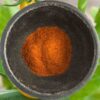
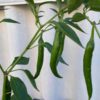

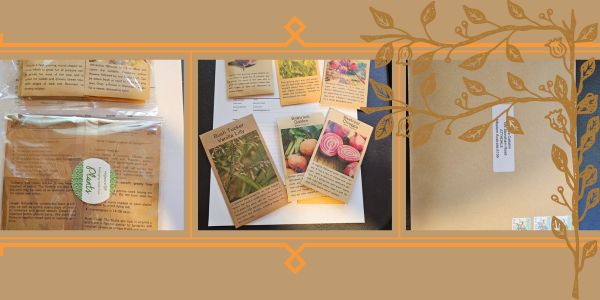
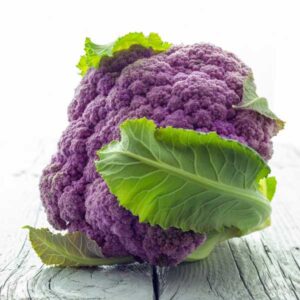
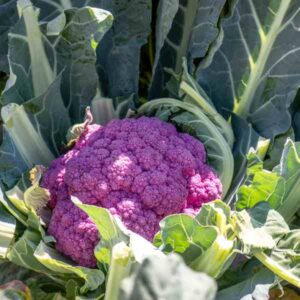
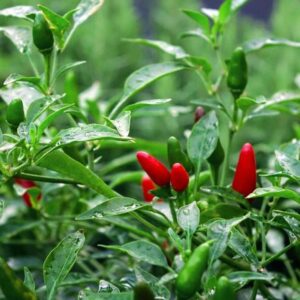
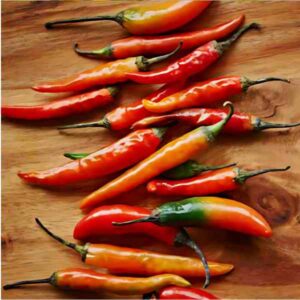
3 reviews for Chilli Cayenne